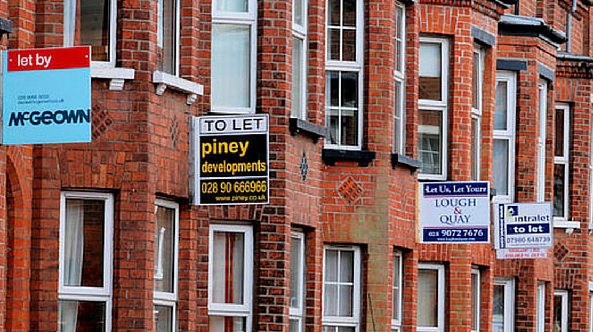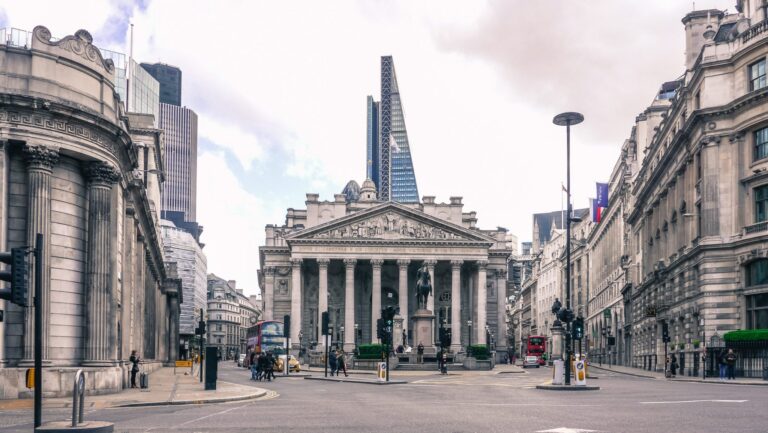The number of landlords seeing growth in tenant demand is at its highest in almost a year, it has been revealed, while the number looking at investing in flats soars.
In Paragon’s newly released quarterly private rented sector (PRS) trends report, which surveys 201 experienced buy-to-let landlords, it was revealed that almost a third (29%) of landlords had experienced growth or a boom in tenant demand during the past quarter. The findings mark a significant turnaround from the first quarter of this year when only 21% said demand was growing or booming.
High tenant demand combined with low supply has contributed to a rise in rents across most regions, according to Paragon’s managing director of mortgages John Heron. Despite government measures to get more people on the housing ladder, which has seen some success, it seems that Generation Rent is still an increasingly significant section of the market that needs to be catered for.
Plans to buy and sell
Although tenant demand is on the rise, many property investors are reluctant to expand their portfolios in the current climate, with only 8% expecting to buy property in the next quarter, although among the more active portfolio landlords this figure rose to 10%.
However, it has been suggested that after the worst of the Brexit uncertainty has been resolved, there could be a property boom as people who had held off buying and selling begin to enter the market again.
Where to invest next
Another significant finding from the report was that the number of landlords planning to invest in flats or maisonettes had almost doubled from last quarter, from 27% to 52%. This could be a reflection of tenant movement as figures have shown that growing numbers of young professionals are opting to rent for longer in central locations – normally in smaller properties such as flats – before getting onto the housing ladder.
Interestingly, there was a dip in the number of landlords planning to invest in HMOs, from 20% to 12%, while those looking to buy terraced houses increased by 10% from 38% in Q2 to 48% in Q3.










